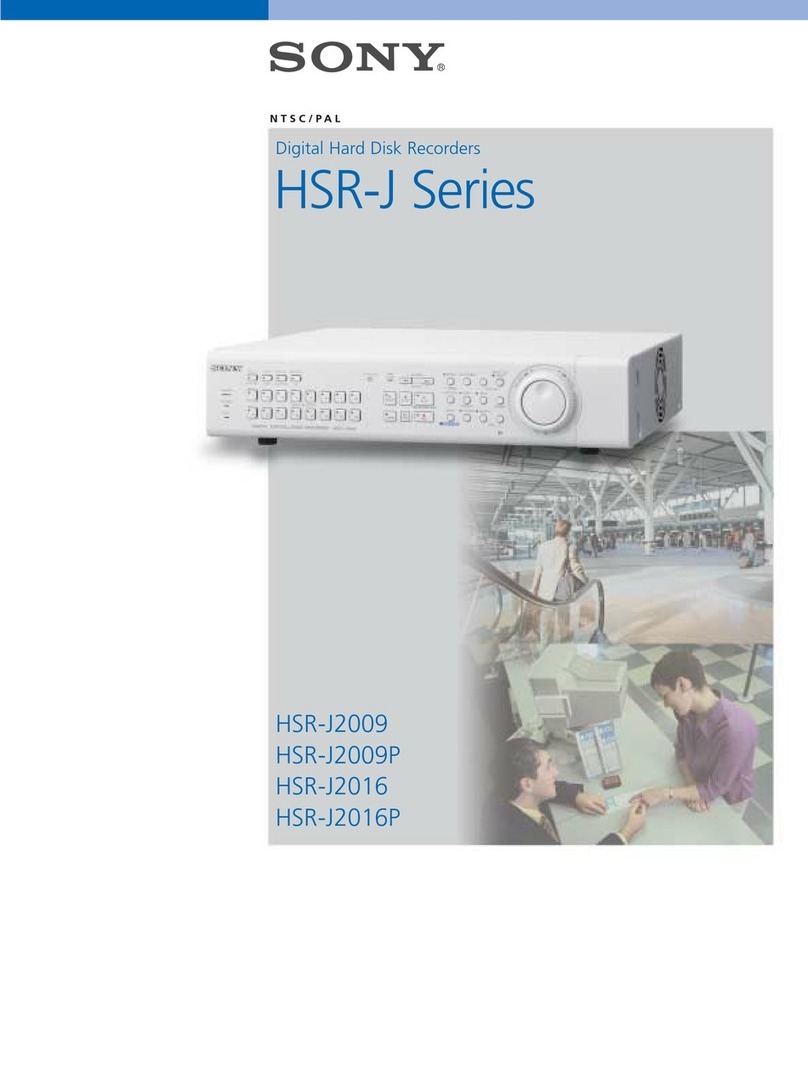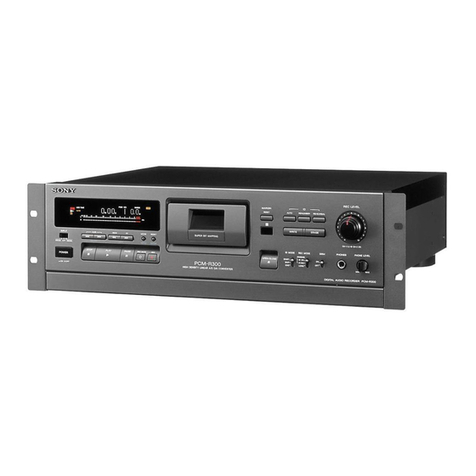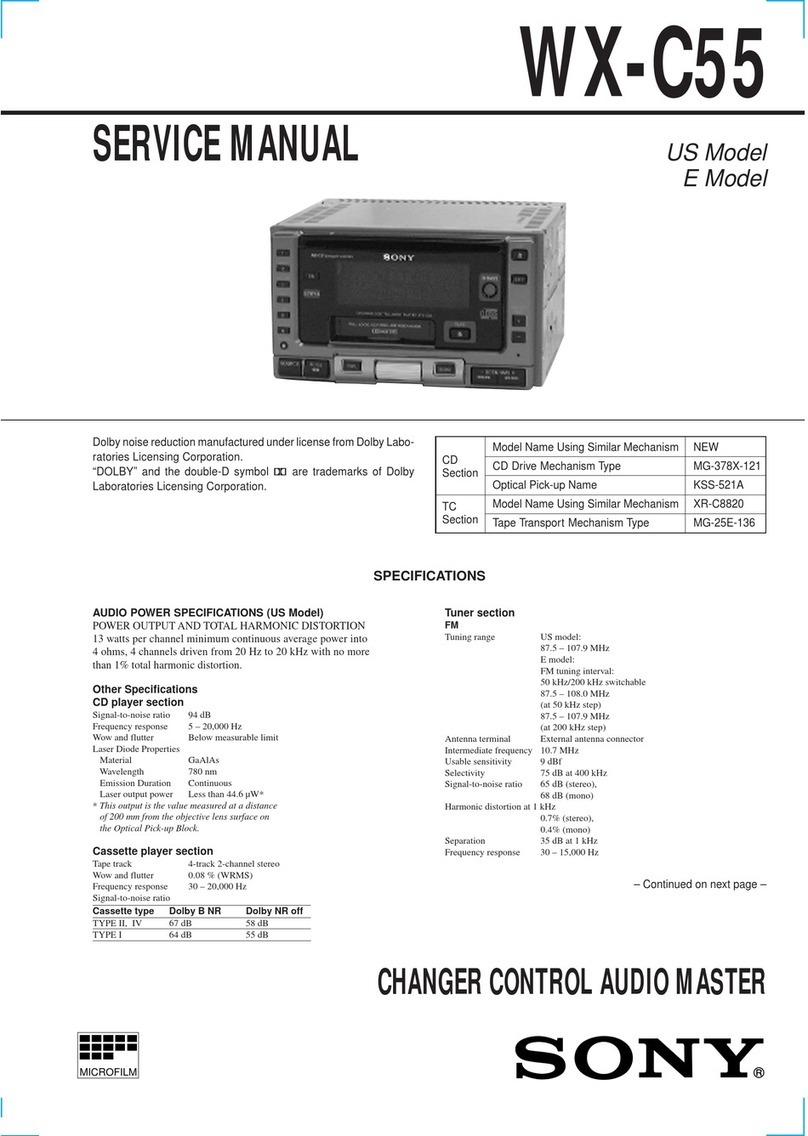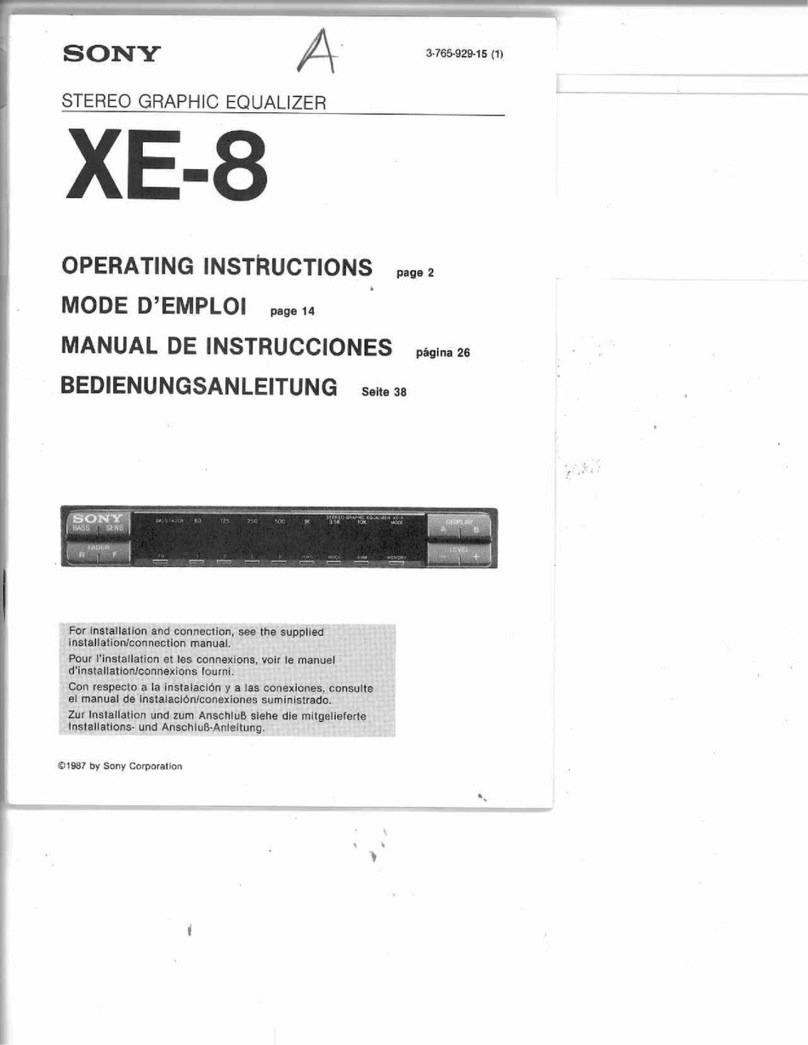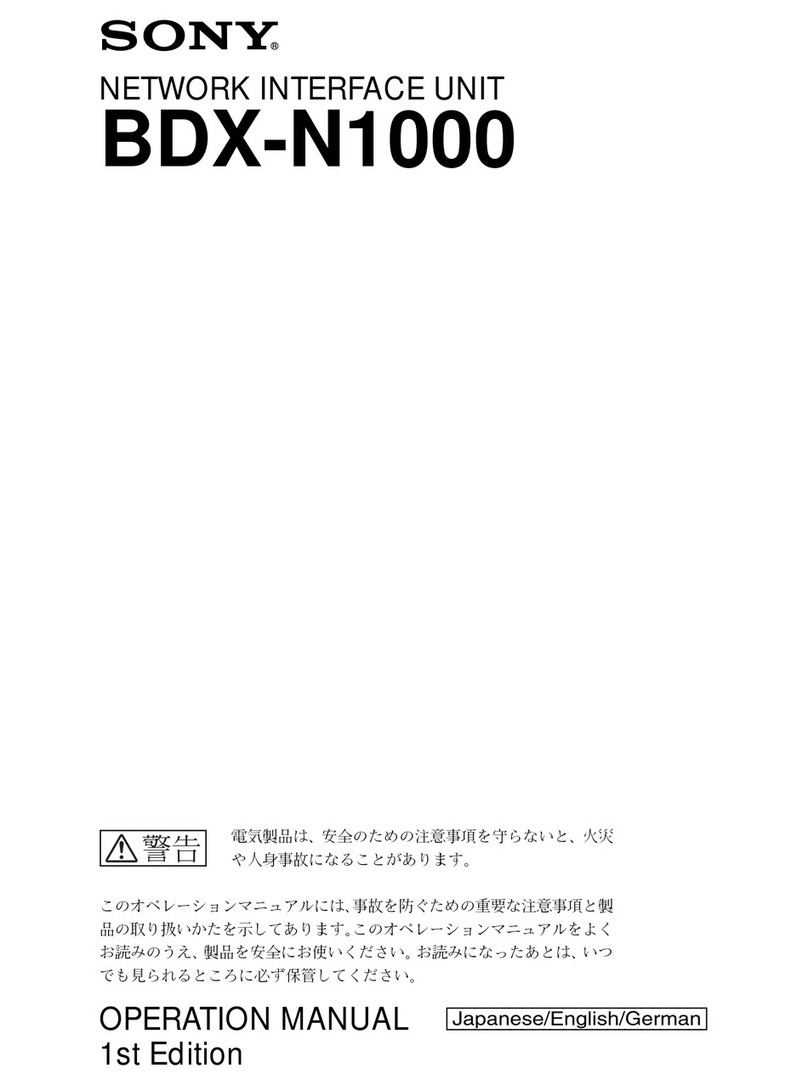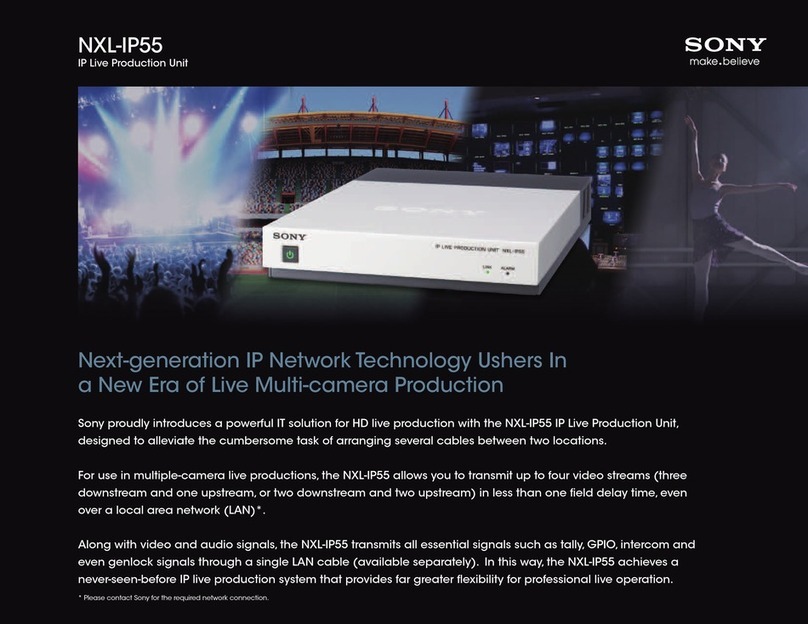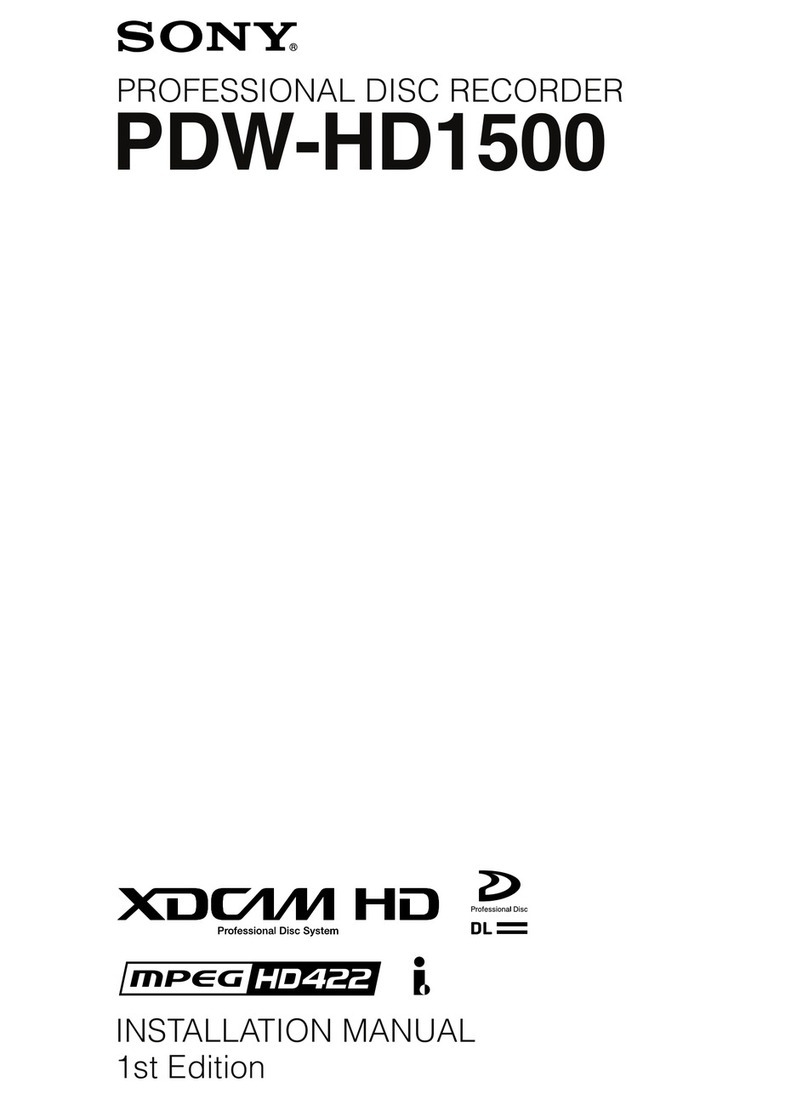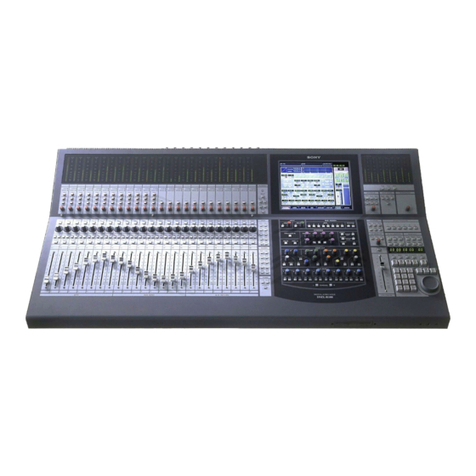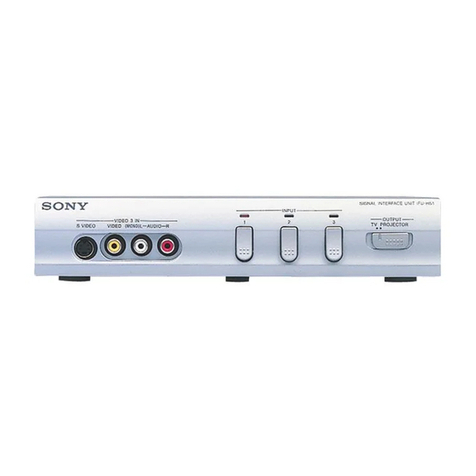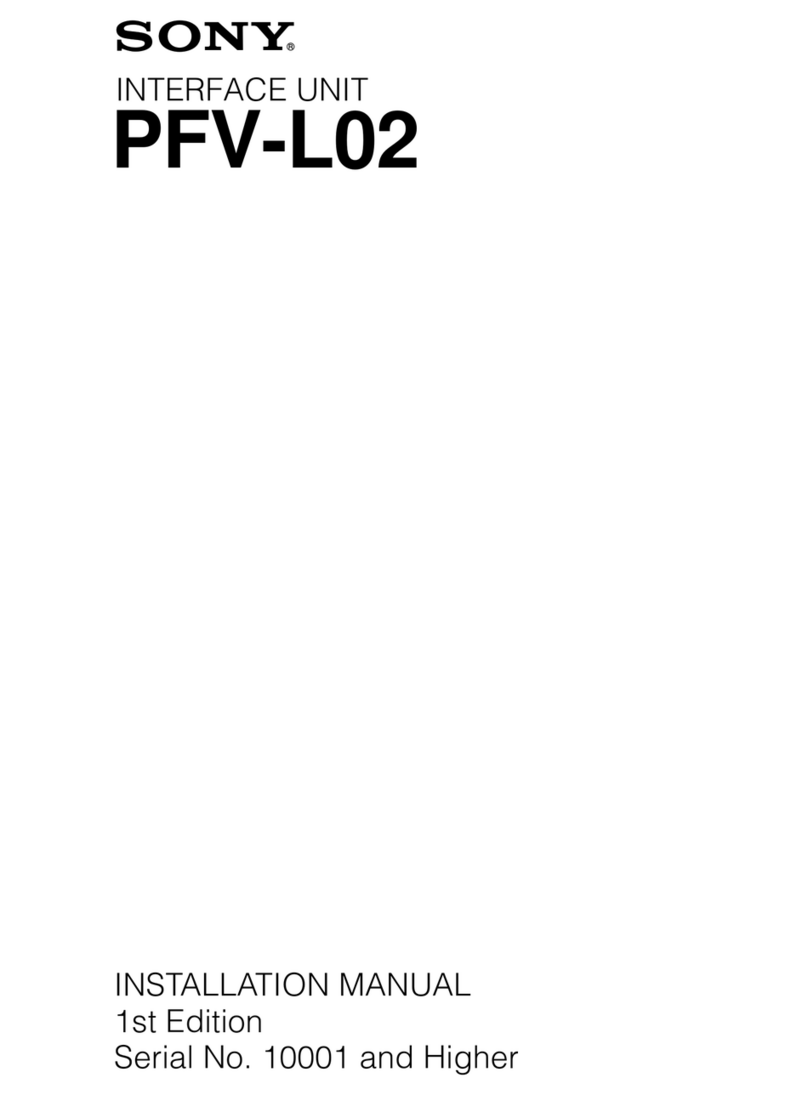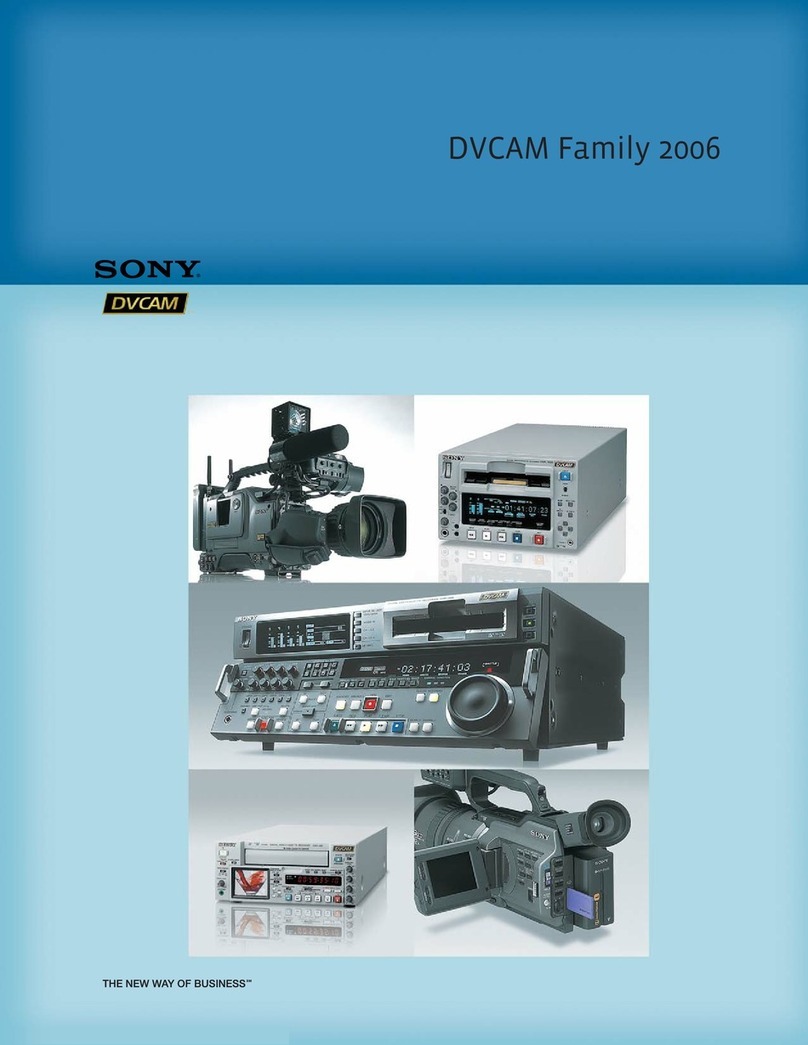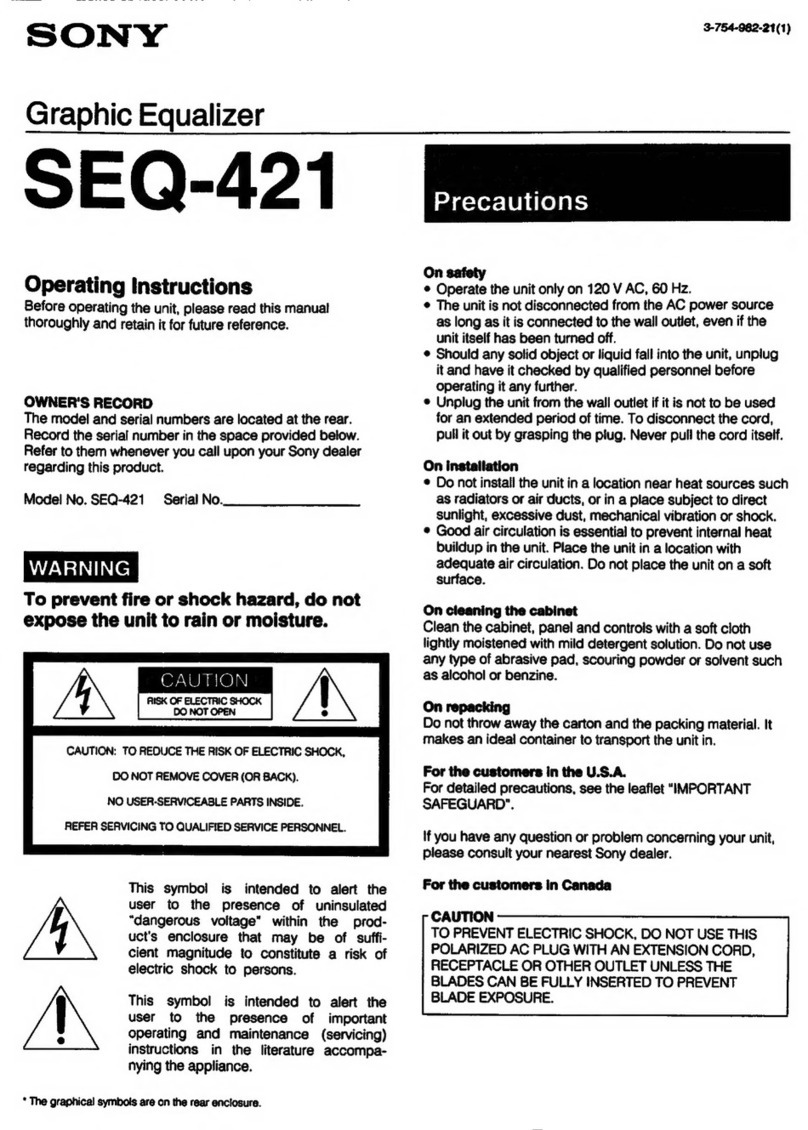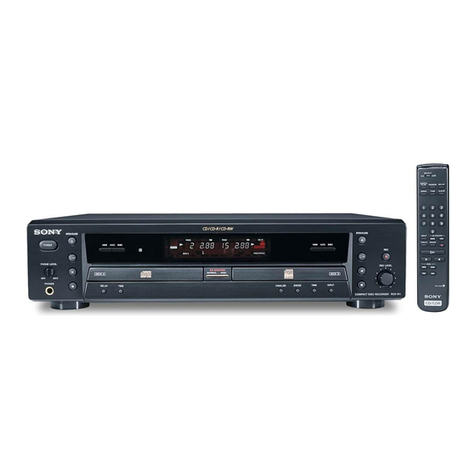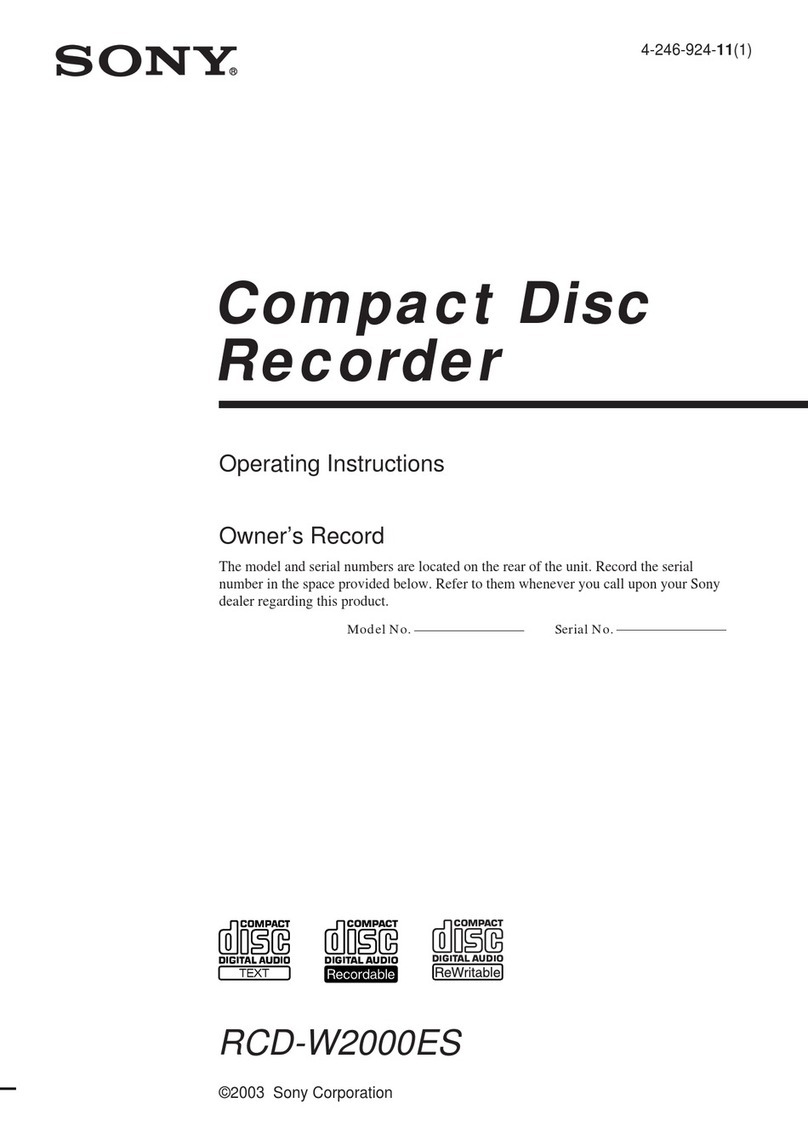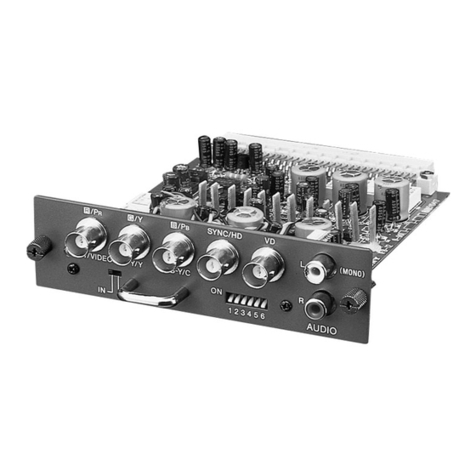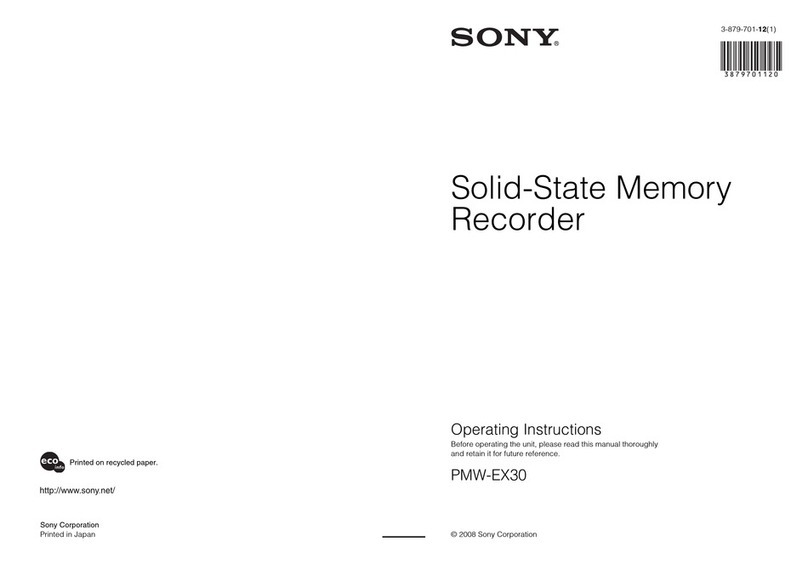
3
RCD-W500C
TABLE OF CONTENTS
1. SERVICING NOTE·····················································4
2. GENERAL···································································5
3. DISASSEMBLY ··························································6
3-1. Case (409538) ······························································· 7
3-2. Loading Panel (CDR) ··················································· 7
3-3. Front Panel Section ······················································· 8
3-4. SW Board, LED Board, DISP Board···························· 8
3-5. CD Mechanism Deck (CDM65-RBD2) ······················· 9
3-6. Tray ··············································································· 9
3-7. CDR Board ································································· 10
3-8. Motor Assy (Loading) (M201) ··································· 10
3-9. Holder (MG) Sub Assy, Dust Cover ··························· 11
3-10. Optical Pick-Up (KRM-220CAA) ······························ 11
3-11. Cam (CH)···································································· 12
3-12. MAIN Board ······························································· 12
3-13. CD Mechanism Deck (CDM53L-30B61M) ··············· 13
3-14. Fitting Base (Magnet) Assy ········································ 13
3-15. CLAMP MOTOR Board,
Motor (Clamp) Assy (M701) ······································ 14
3-16. Fitting Base (Guide) Assy, Bracket (Chassis) ············· 14
3-17. Tray (Sub) ··································································· 15
3-18. Chassis (Mold B) ························································ 15
3-19. LOAD MOTOR Board,
Motor (Loading) Assy (M702) ··································· 16
3-20. Stocker Section ··························································· 16
3-21. Slider (Selection), Tension Spring (Shutter),
Slider (Shutter)···························································· 17
3-22. Gear (Gear A), Gear (Gear B), Gear (U/D Slider) ······ 17
Precaution During Gear (Gear U/D Slider),
Gear (Gear B), Gear (Gear A) Installation·················· 18
3-23. Gear (Chucking) ························································· 18
3-24. BD Board ···································································· 19
3-25. Optical Block Section ················································· 19
4. TEST MODE···································································· 20
5. ELECTRICAL ADJUSTMENTS
CD SECTION ····························································· 23
CD-R/RW SECTION·················································· 25
6. DIAGRAMS······································································ 55
6-1. Block Diagrams – CD-R Section – ··························· 56
– CD Section – ······························· 57
– POWER/DISPLAY Section –······ 58
6-2. Printed Wiring Boards – BD Section – ······················· 59
6-3. Schematic Diagrams – BD Section –·························· 60
6-4. Printed Wiring Boards
– SENSER/MOTOR/SW Section – ····· 61
6-5. Schematic Diagrams
– SENSER/MOTOR/SW Section – ····· 62
6-6. Printed Wiring Boards – CD-R Section (Side A) – ···· 63
6-7. Printed Wiring Boards – CD-R Section (Side B) – ···· 64
6-8. Schematic Diagrams – CD-R Section (1/4) – ············· 65
6-9. Schematic Diagrams – CD-R Section (2/4) – ············· 66
6-10. Schematic Diagrams – CD-R Section (3/4) – ············· 67
6-11. Schematic Diagrams – CD-R Section (4/4) – ············· 68
6-12. Printed Wiring Boards – MAIN Section (Side A) – ··· 69
6-13. Printed Wiring Boards – MAIN Section (Side B) – ··· 70
6-14. Schematic Diagrams – MAIN Section (1/2) – ············ 71
6-15. Schematic Diagrams – MAIN Section (2/2) – ············ 72
6-16. Printed Wiring Boards – LED Section –····················· 73
6-17. Schematic Diagrams – LED Section – ······················· 74
6-18. Printed Wiring Boards – DISPLAY Section – ············ 75
6-19. Schematic Diagrams – DISPLAY Section – ··············· 76
6-20. IC Block Diagrams ····················································· 77
6-21. IC Pin Function Description ······································· 84
7. EXPLODED VIEWS
7-1. Case Section ·································································· 94
7-2. Front Panel Section ······················································· 95
7-3. Chassis Section ····························································· 96
7-4. Overall Section (CDM53L-30B61M) ··························· 97
7-5.
Chassis (Mold) Assy Section (CDM53L-30B61M) ··········
98
7-6. Chassis Section (CDM53L-30B61M) ·························· 99
7-7. Base Unit Section (BU-30BBD61M) ························· 100
7-8. CDM65-RBD2 ···························································· 101
8. ELECTRICAL PARTS LIST ····································· 102
Unleaded solder
Boards requiring use of unleaded solder are printed with the lead-
free mark (LF) indicating the solder contains no lead.
(Caution: Some printed circuit boards may not come printed with
the lead free mark due to their particular size.)
: LEAD FREE MARK
Unleaded solder has the following characteristics.
•Unleaded solder melts at a temperature about 40°C higher than
ordinary solder.
Ordinary soldering irons can be used but the iron tip has to be
applied to the solder joint for a slightly longer time.
Soldering irons using a temperature regulator should be set to
about 350°C.
Caution: The printed pattern (copper foil) may peel away if the
heated tip is applied for too long, so be careful!
•Strong viscosity
Unleaded solder is more viscous (sticky, less prone to flow) than
ordinary solder so use caution not to let solder bridges occur such
as on IC pins, etc.
•Usable with ordinary solder
It is best to use only unleaded solder but unleaded solder may
also be added to ordinary solder.
